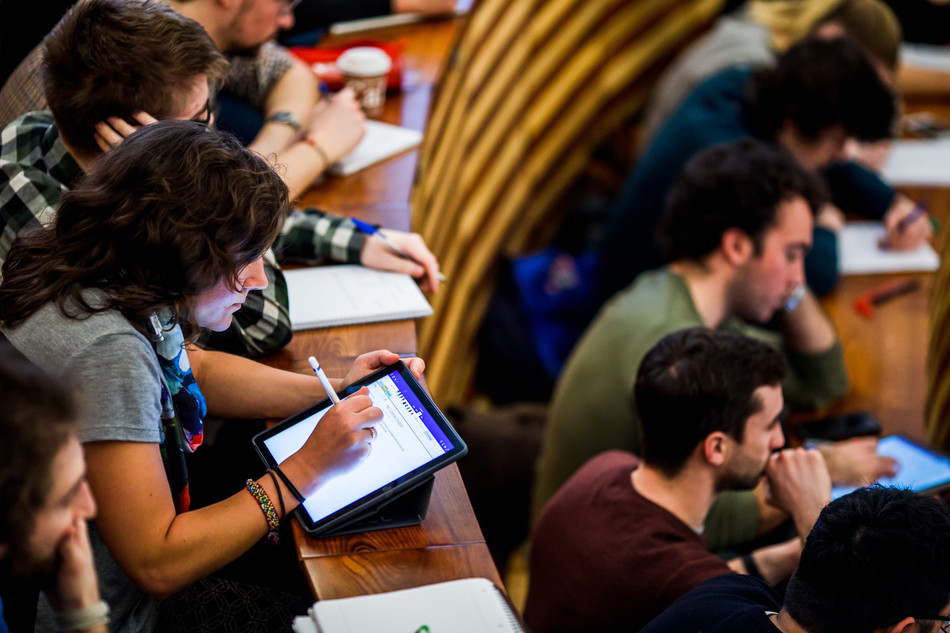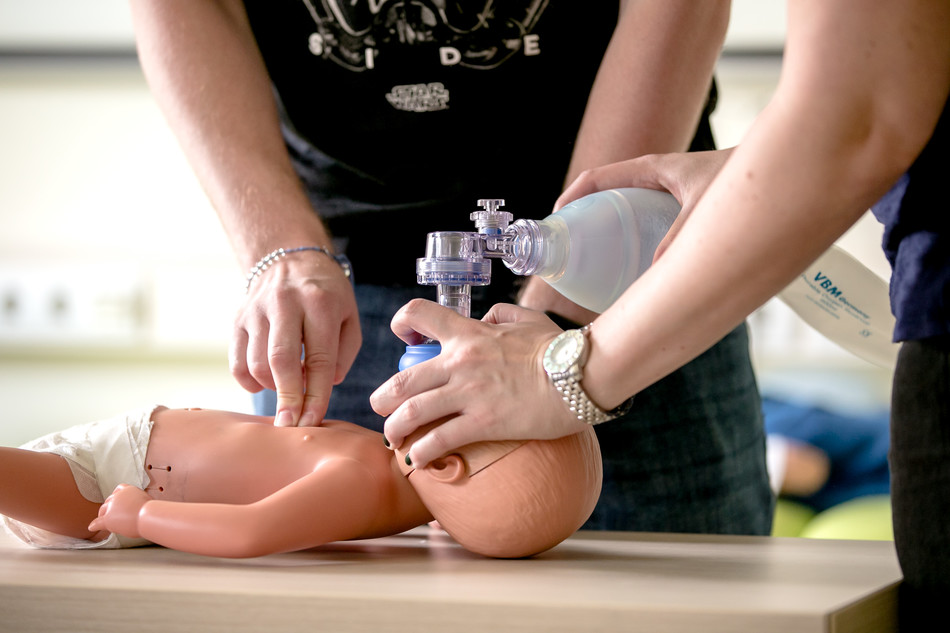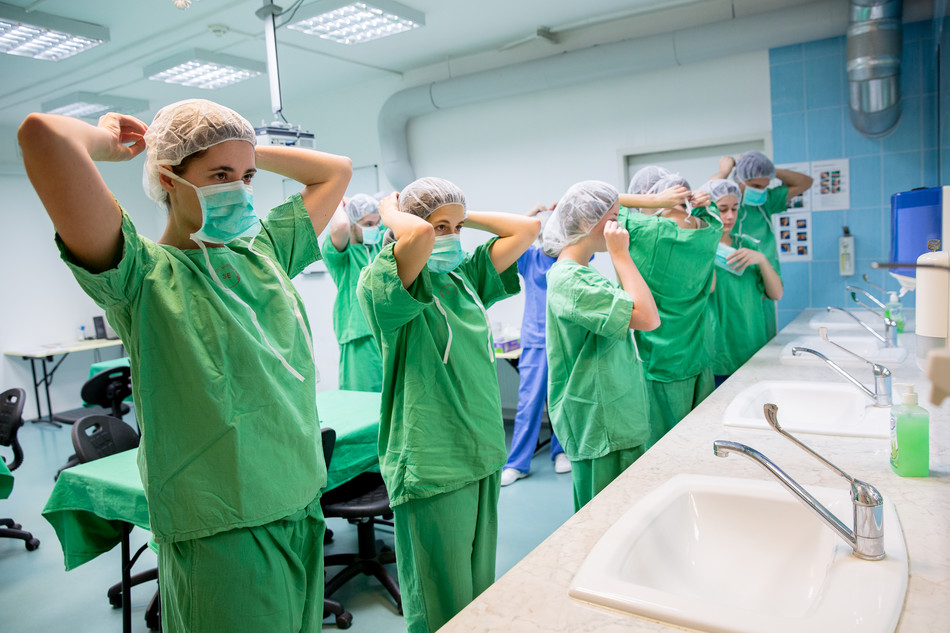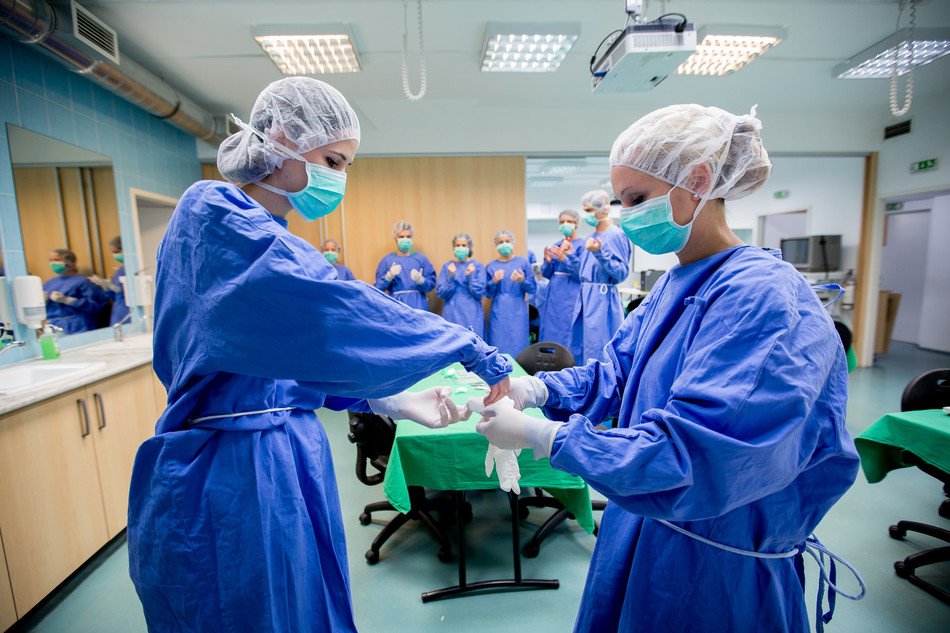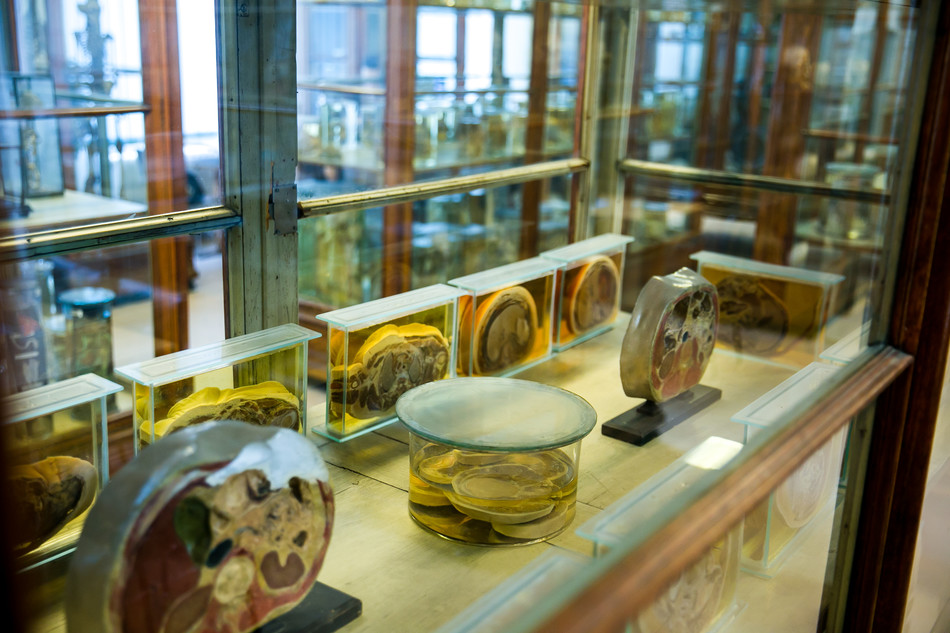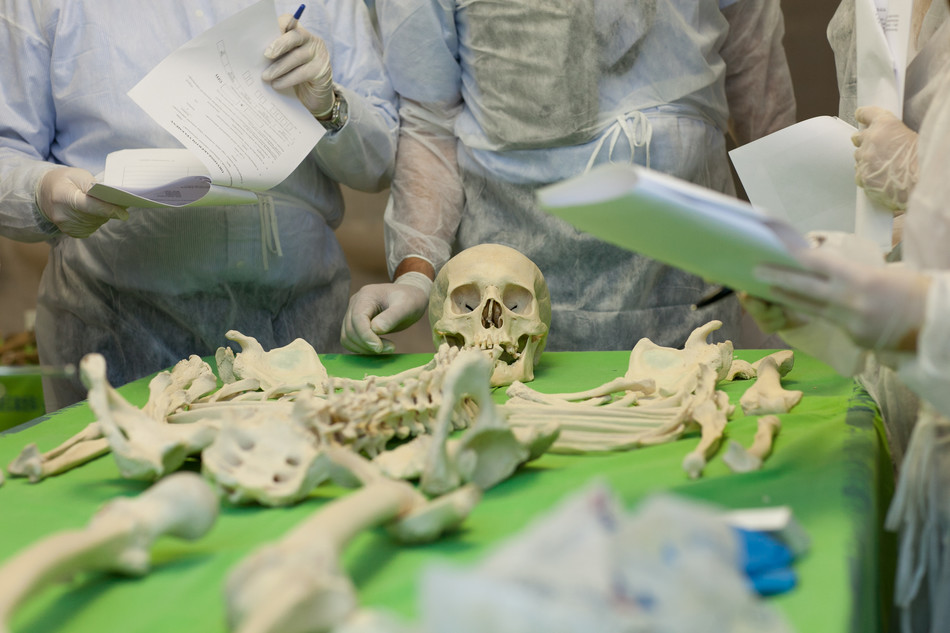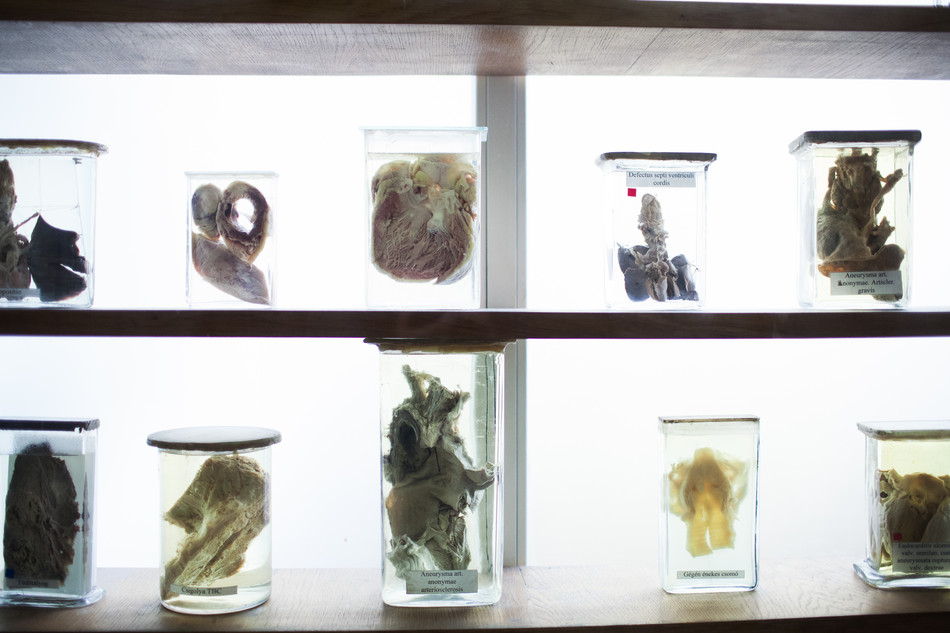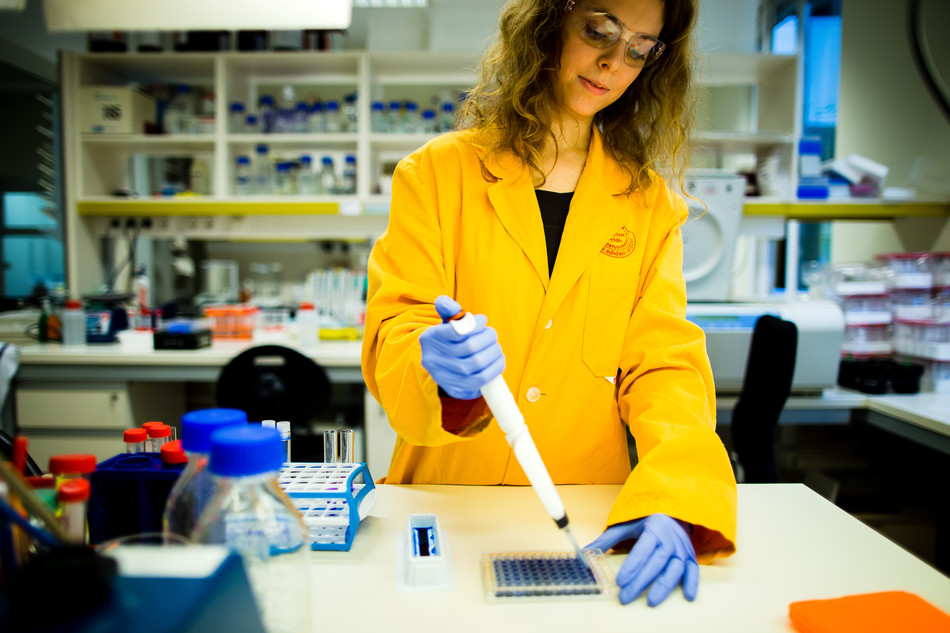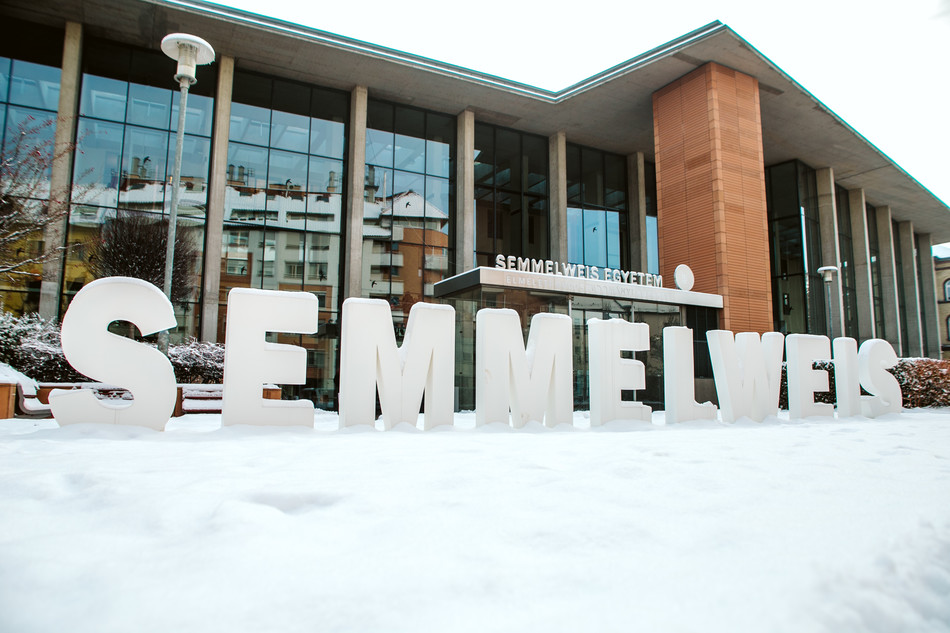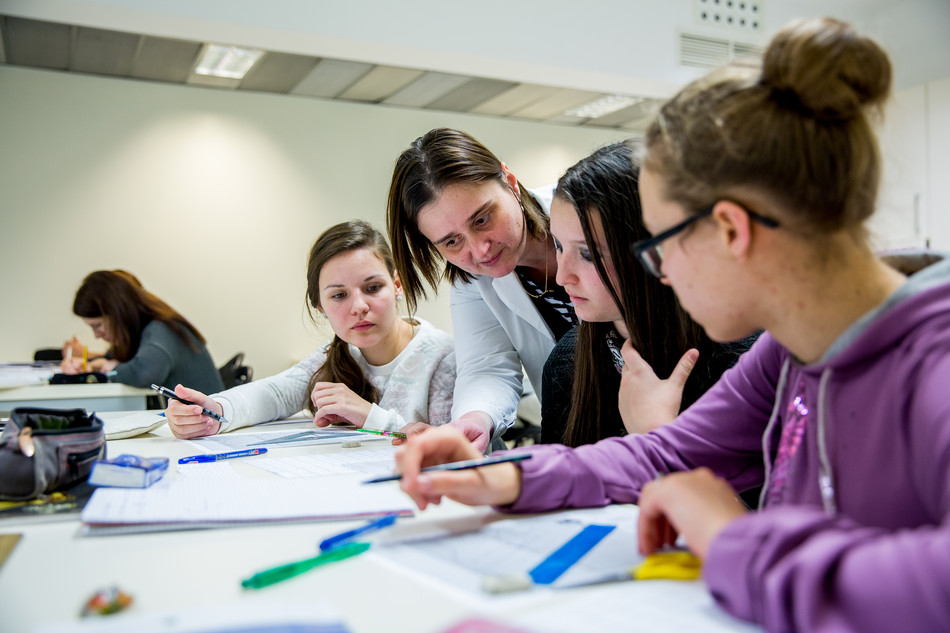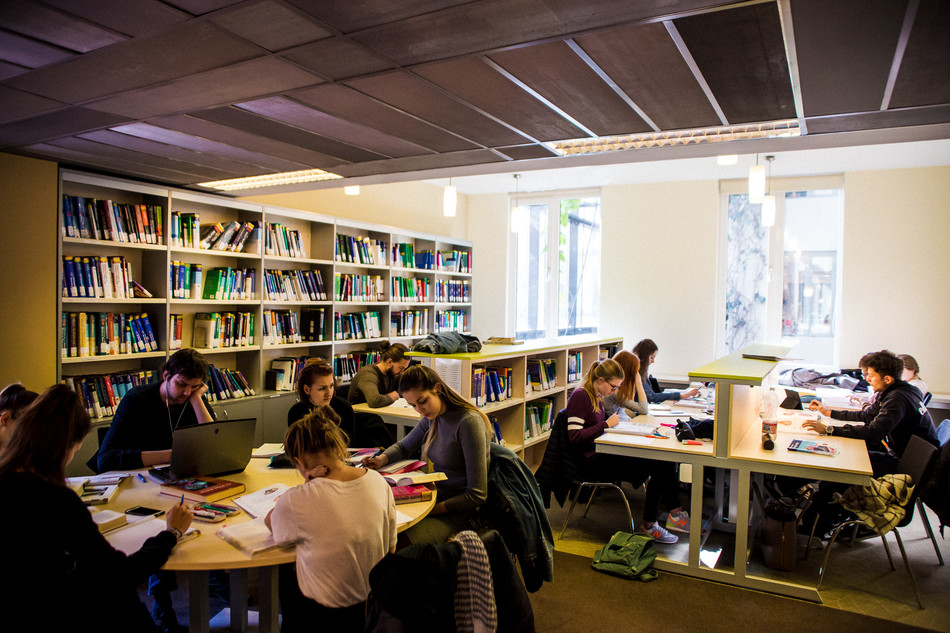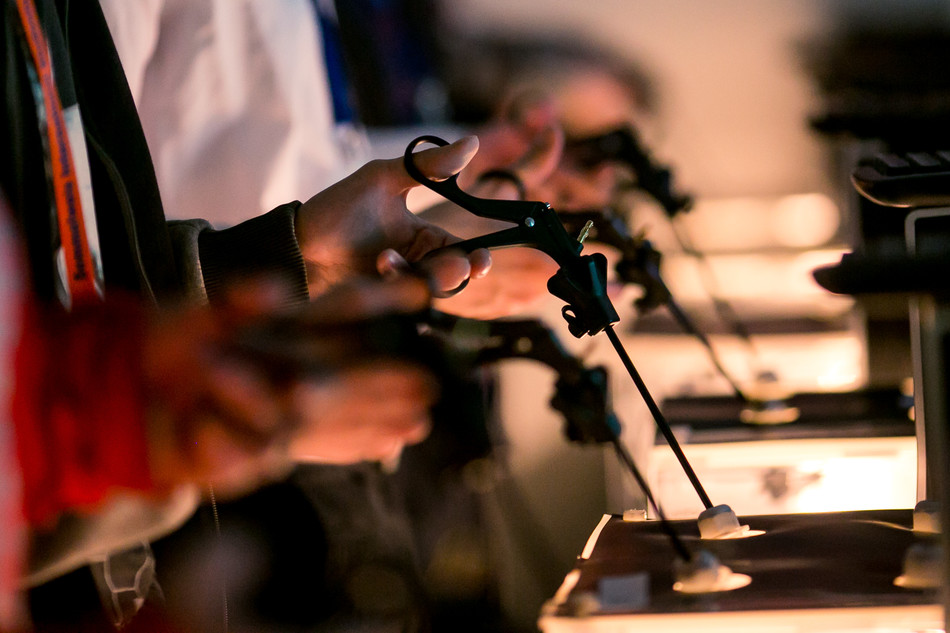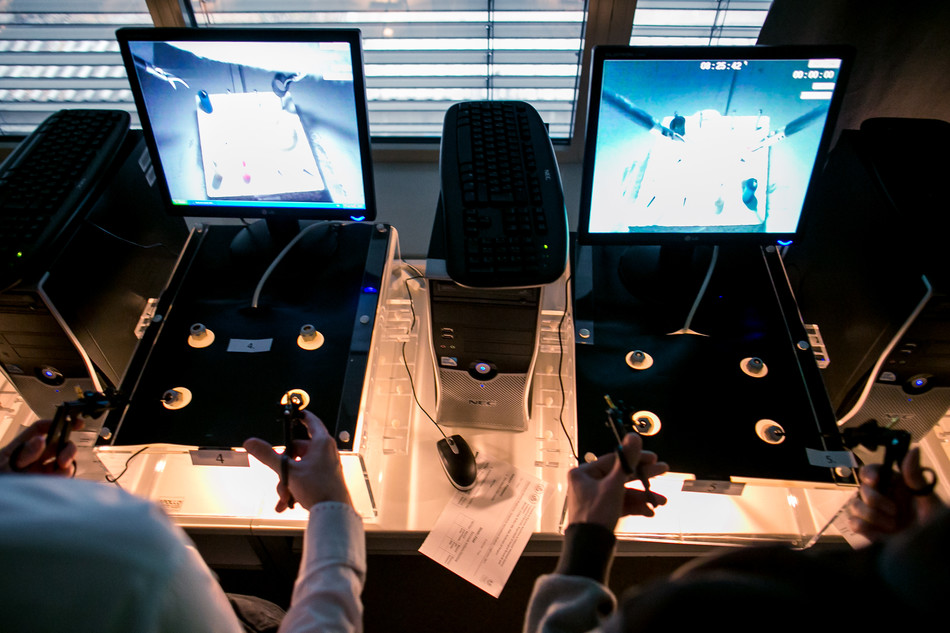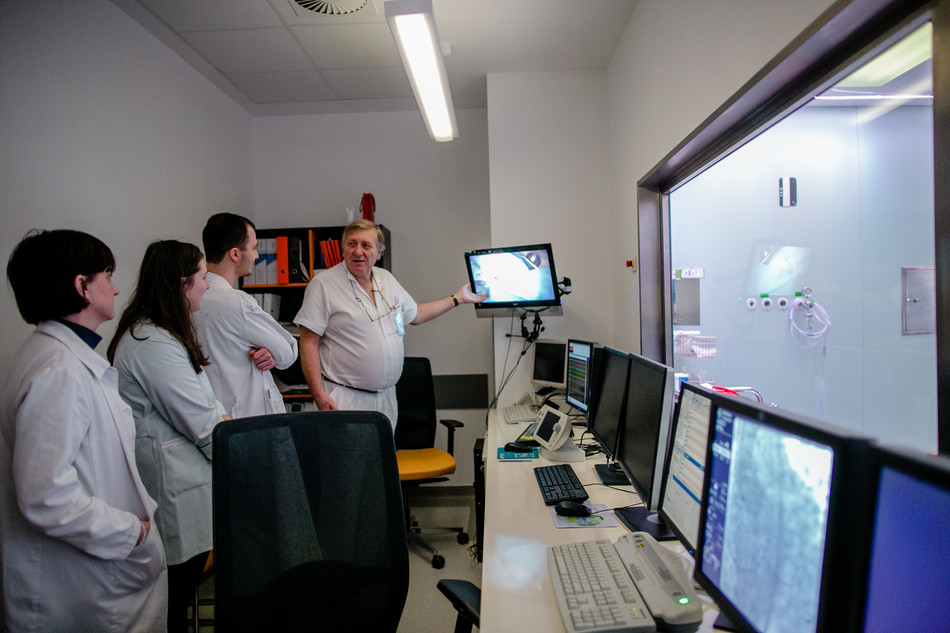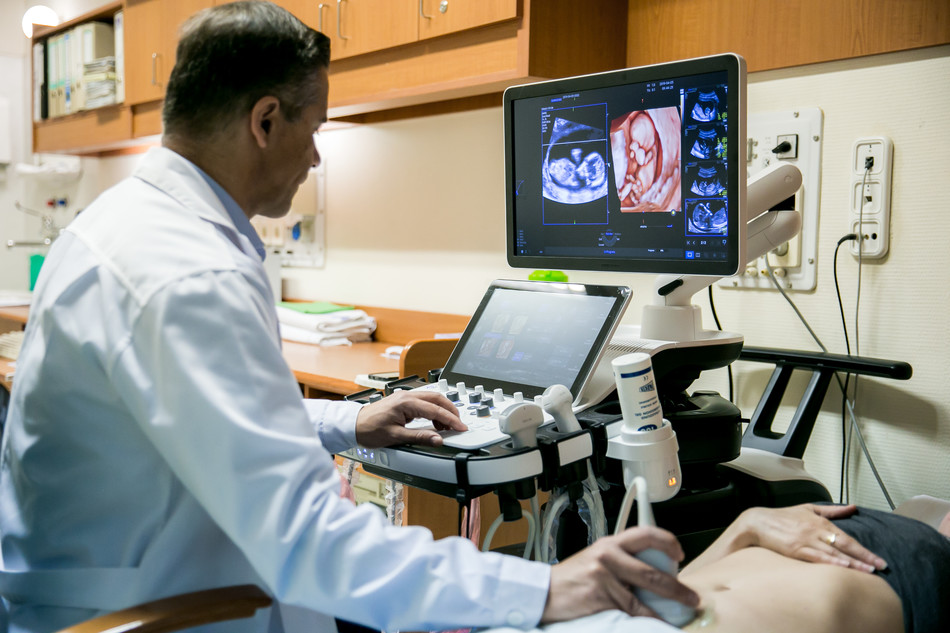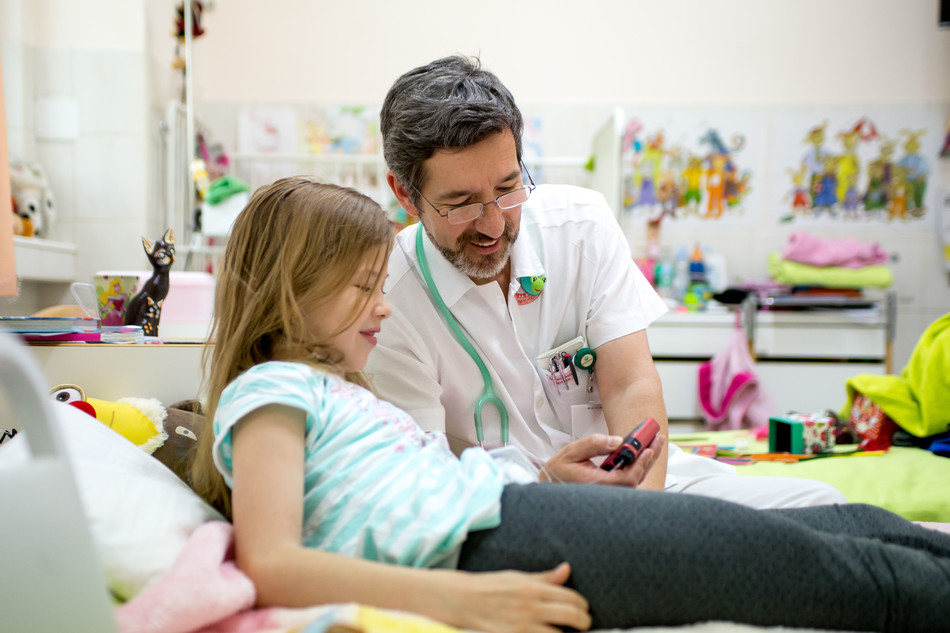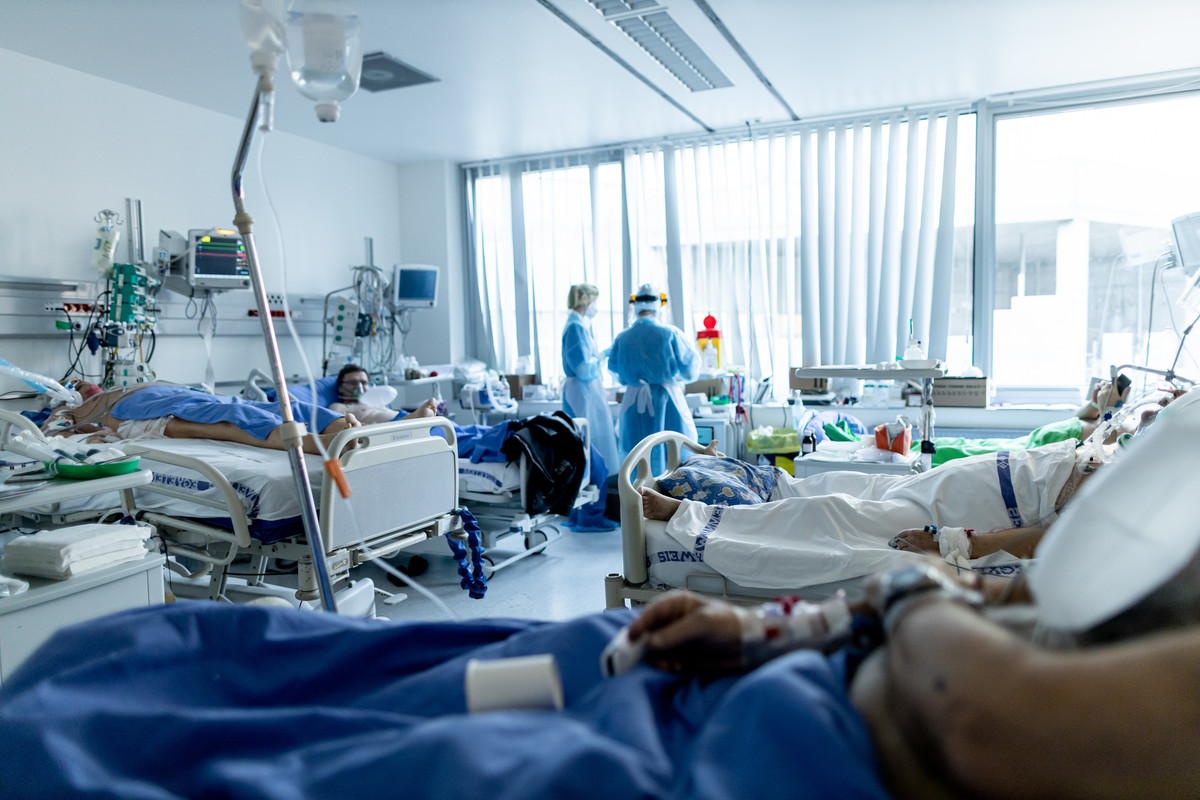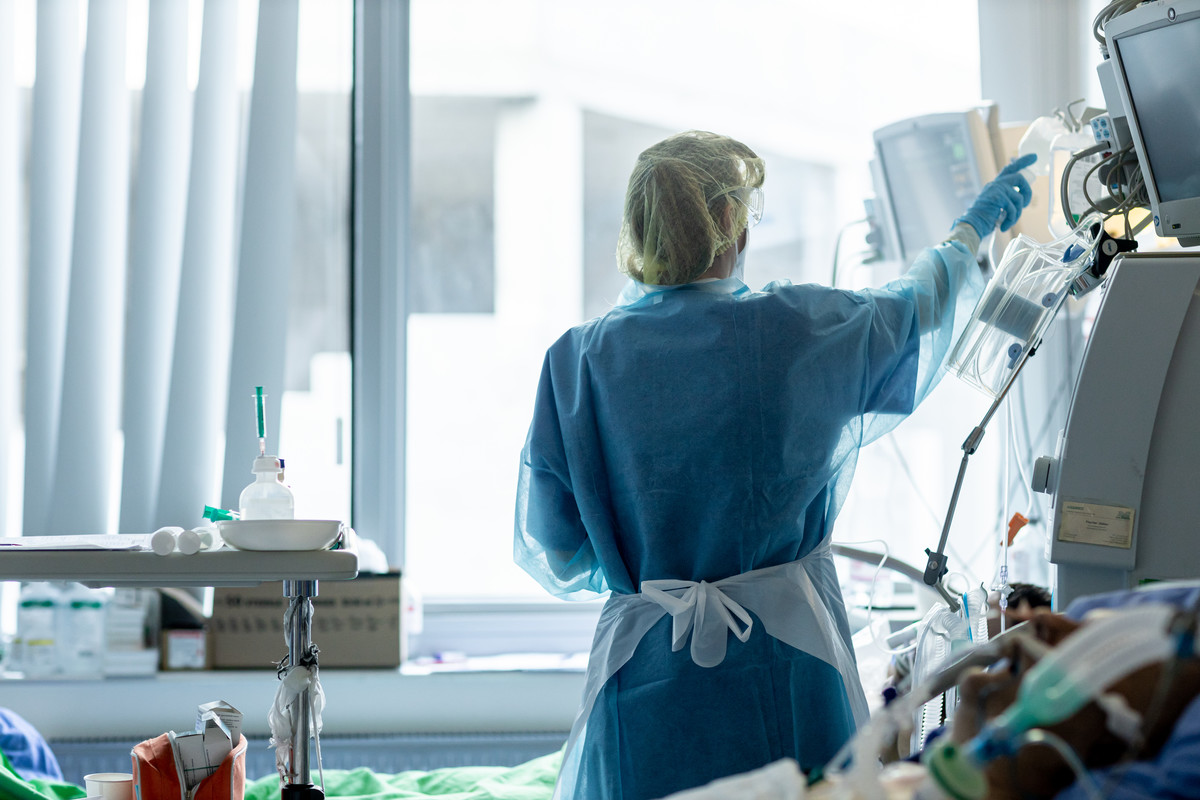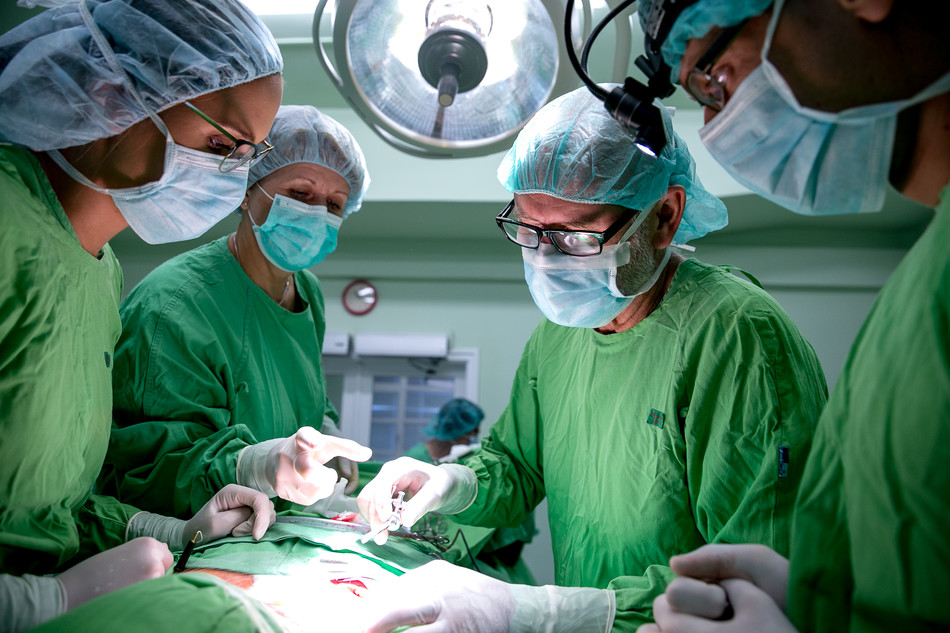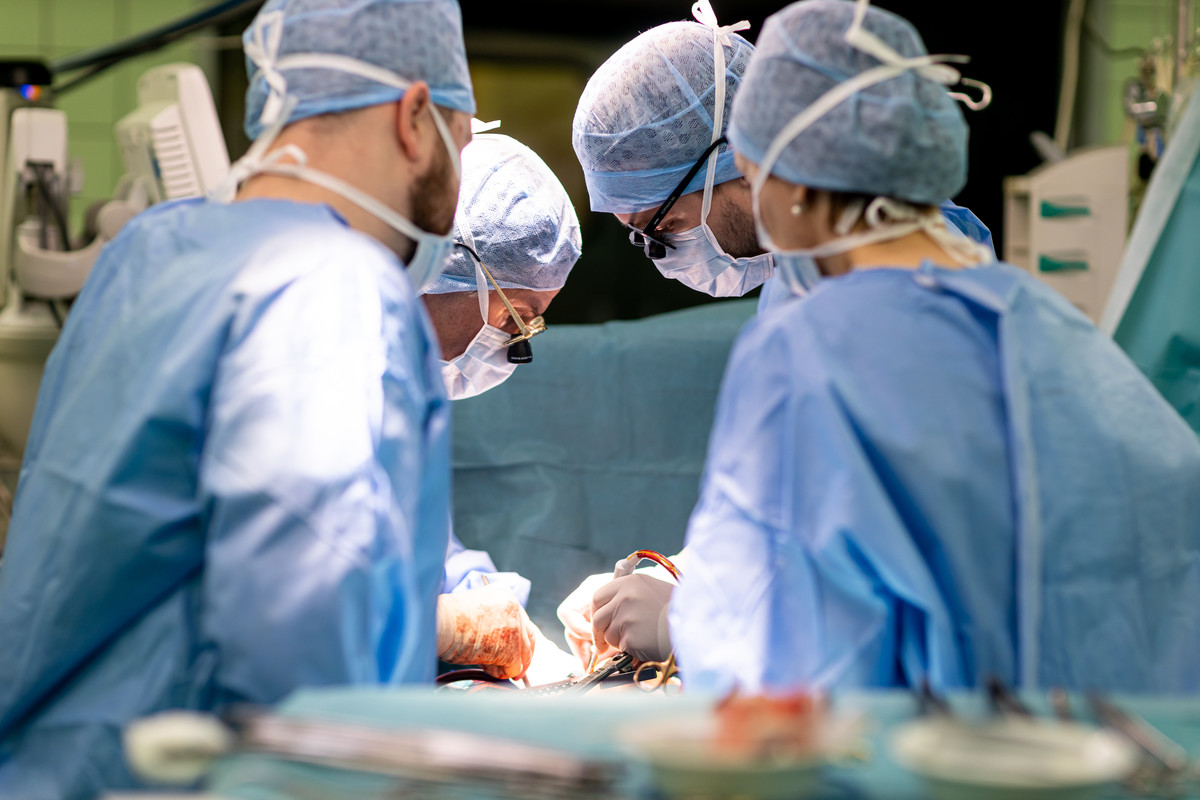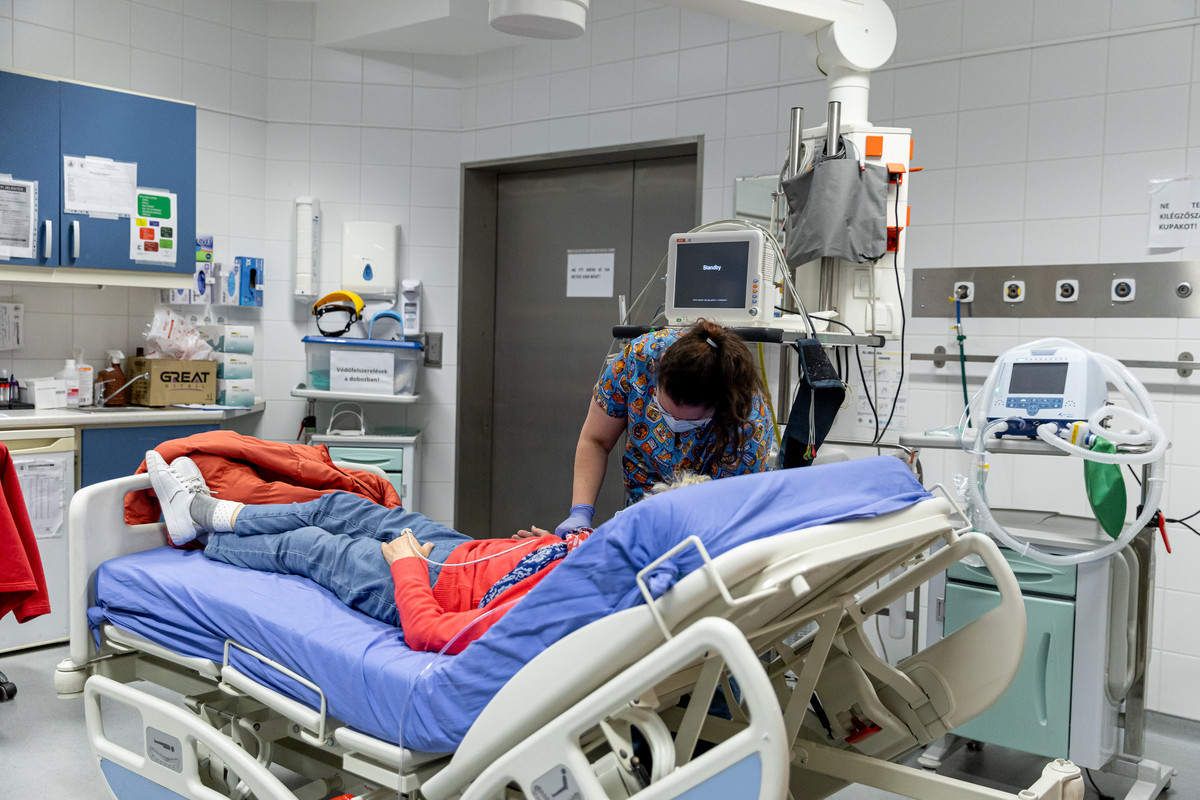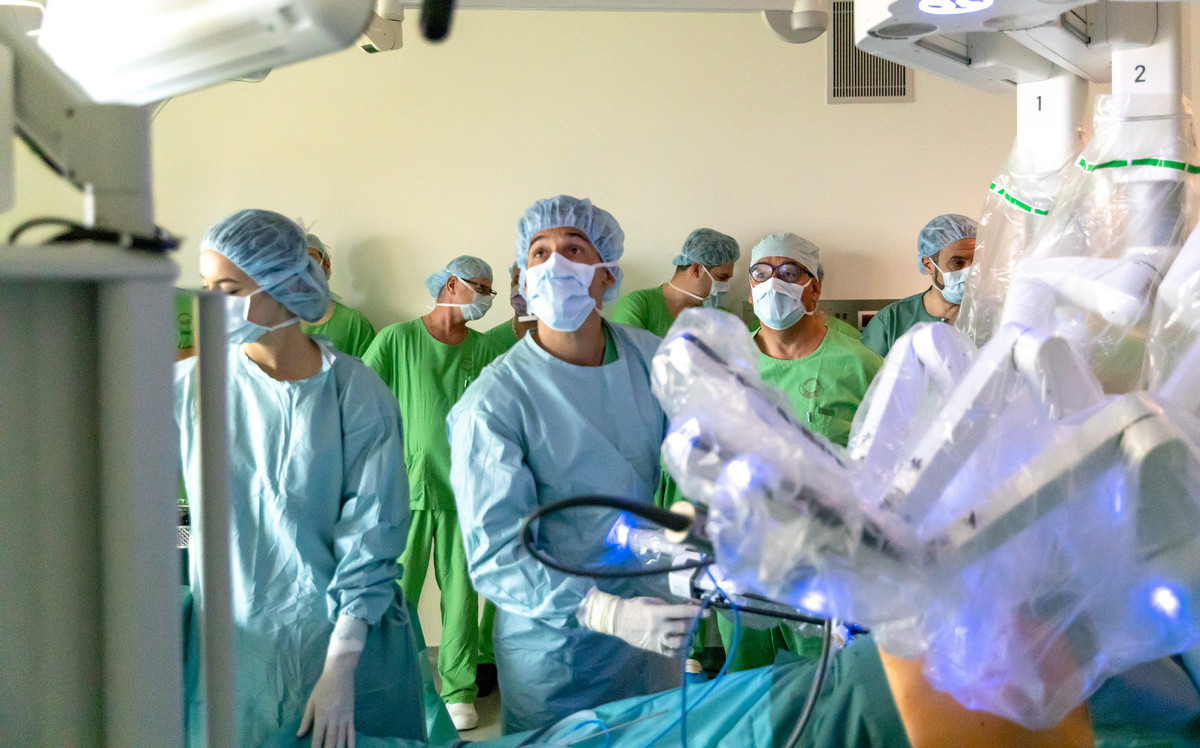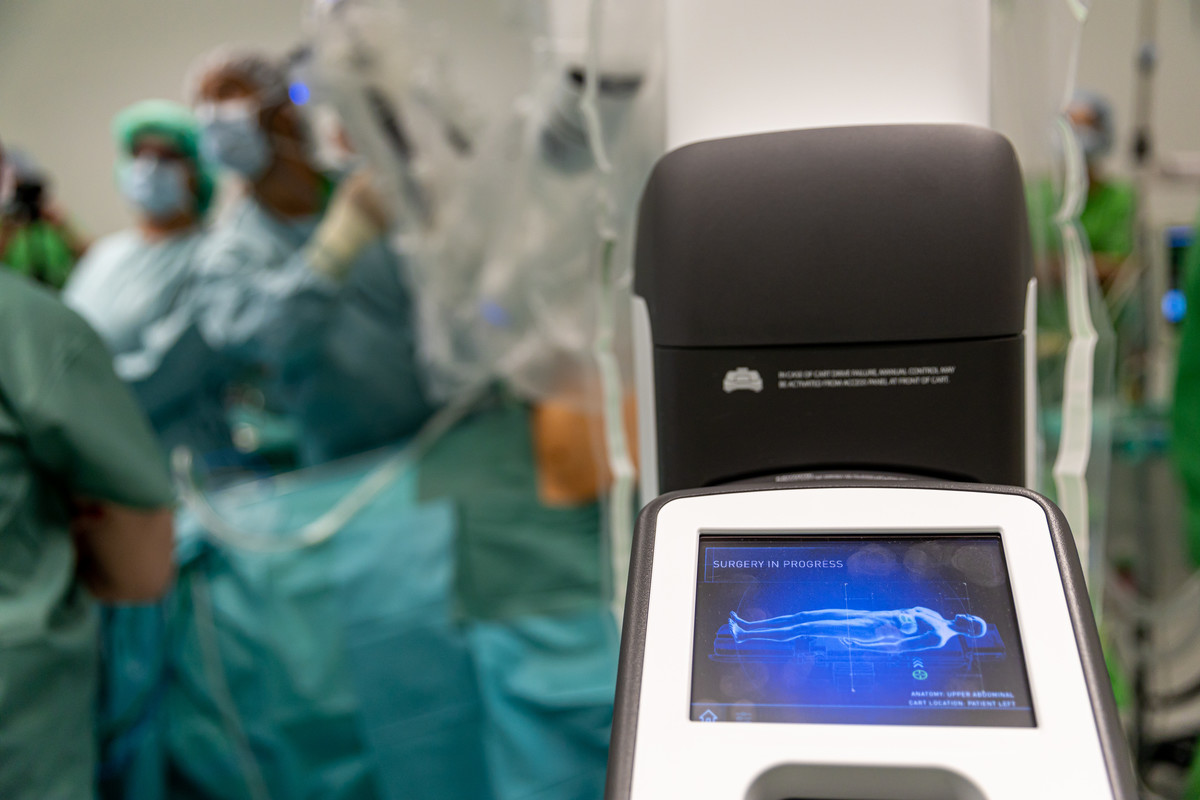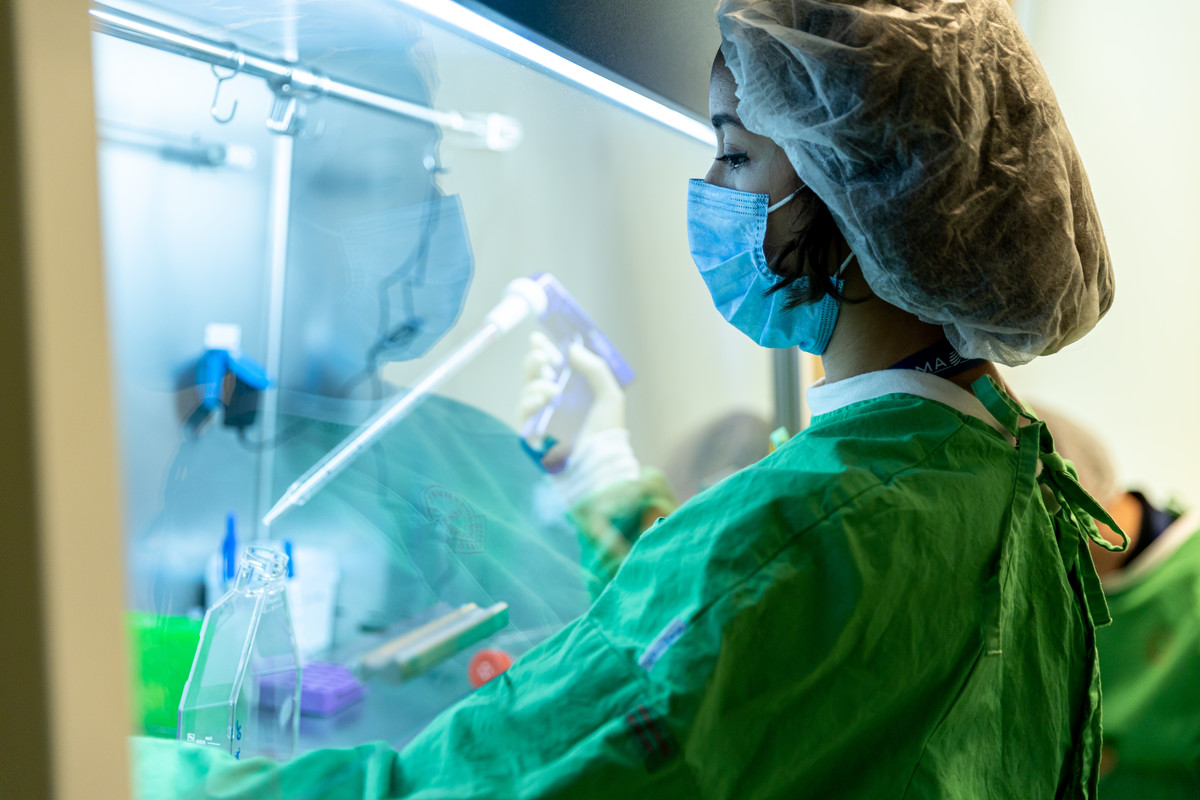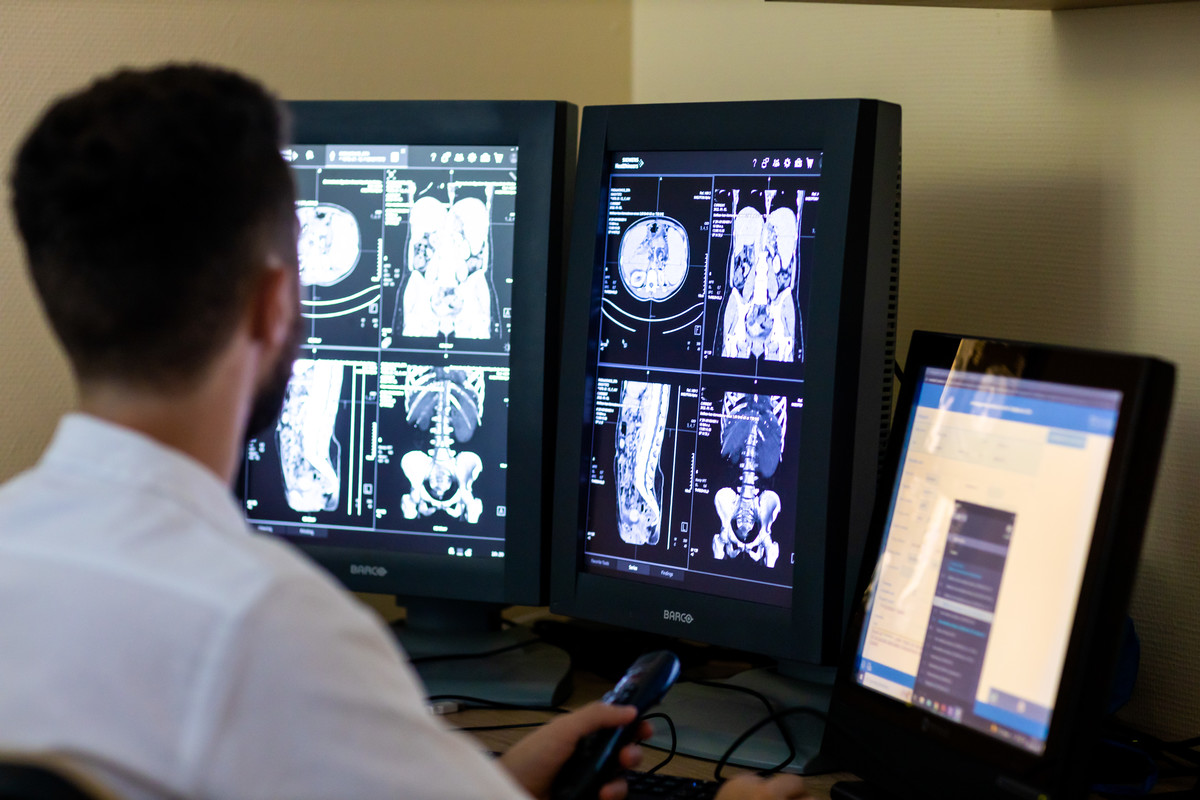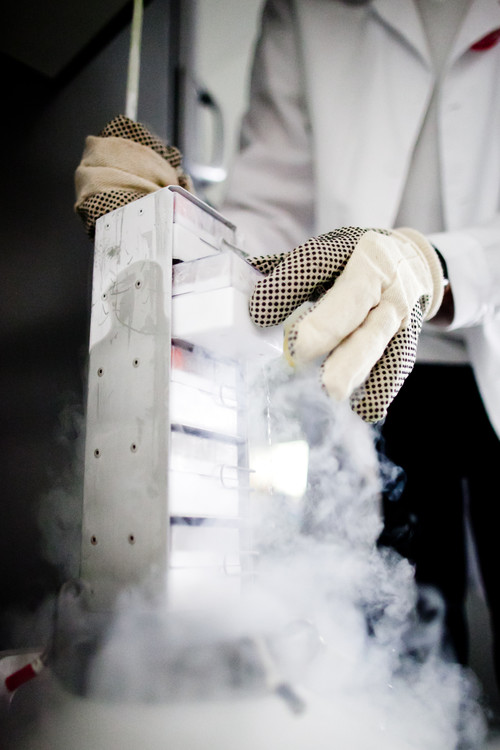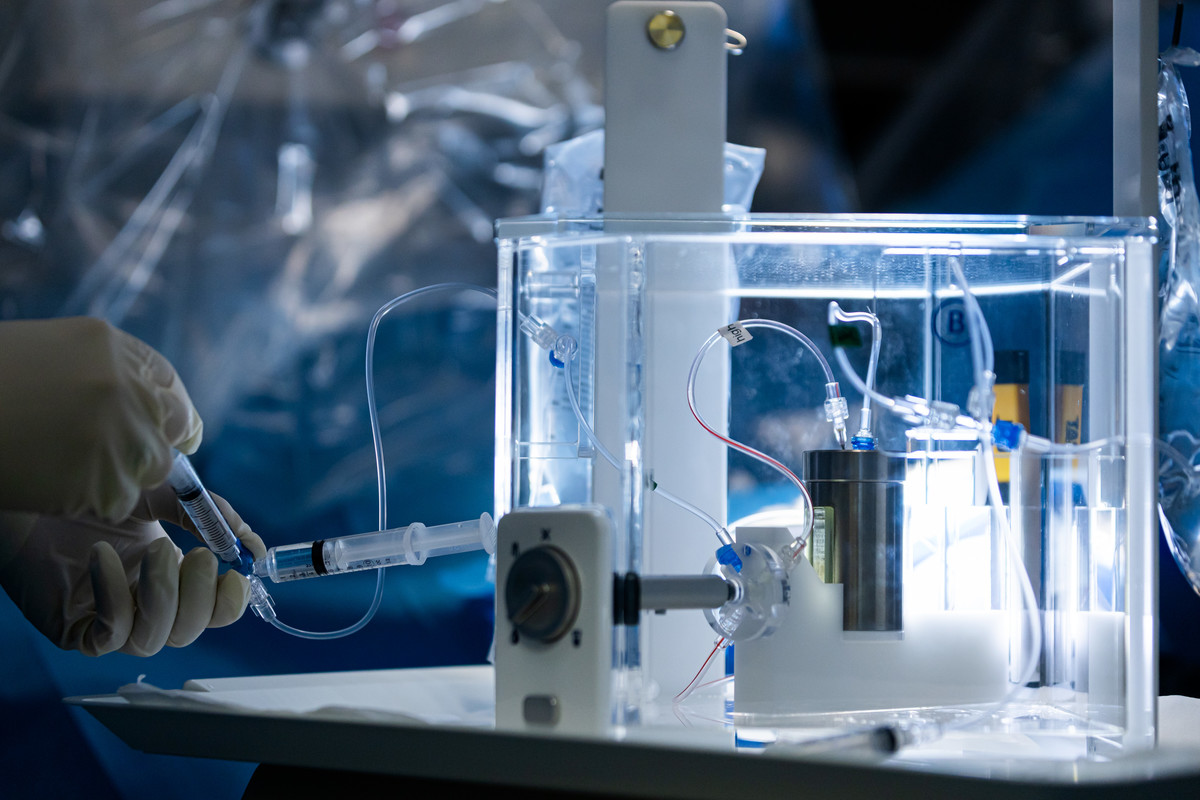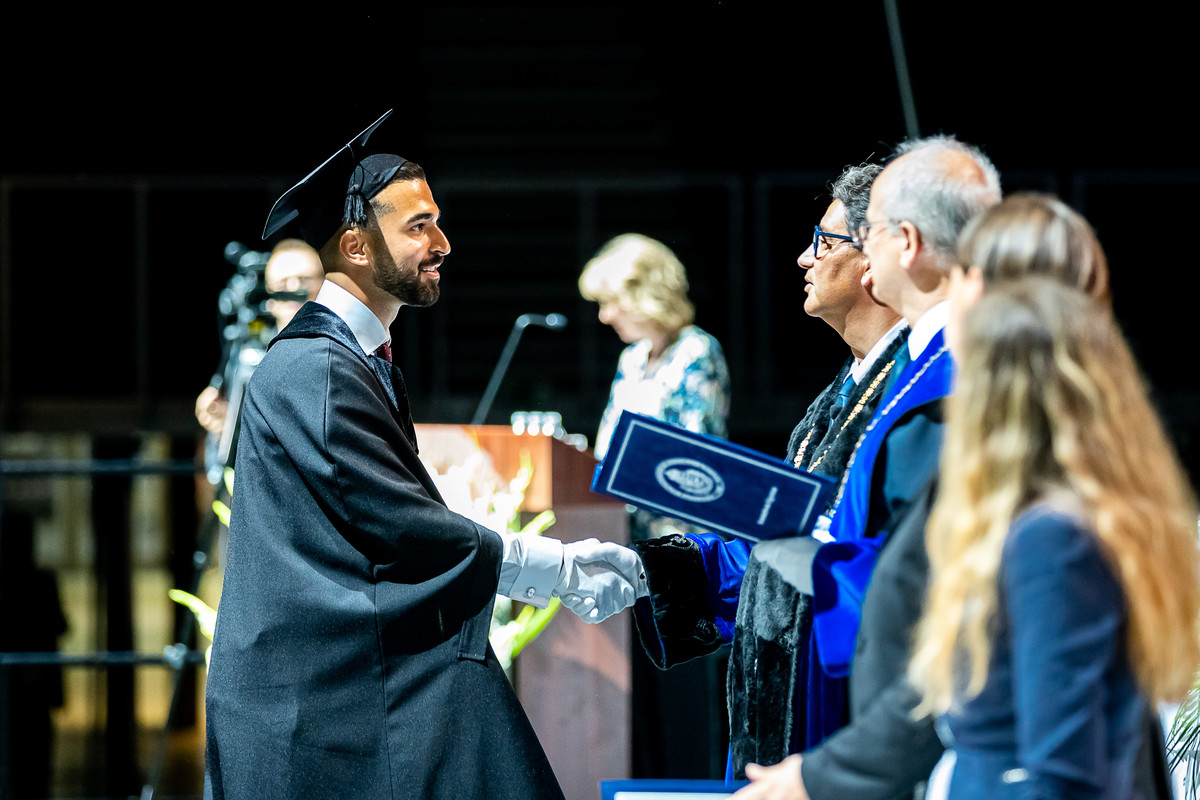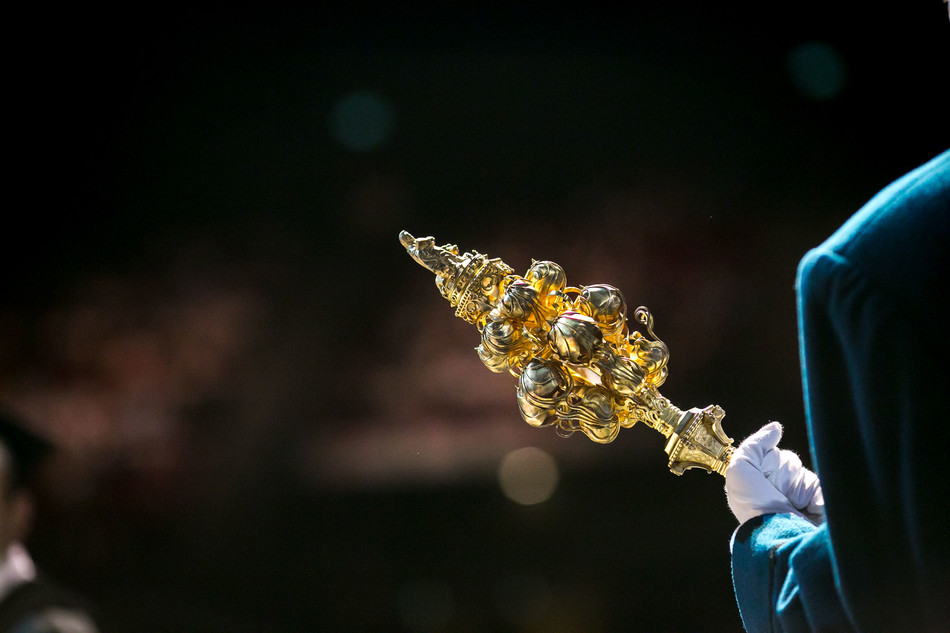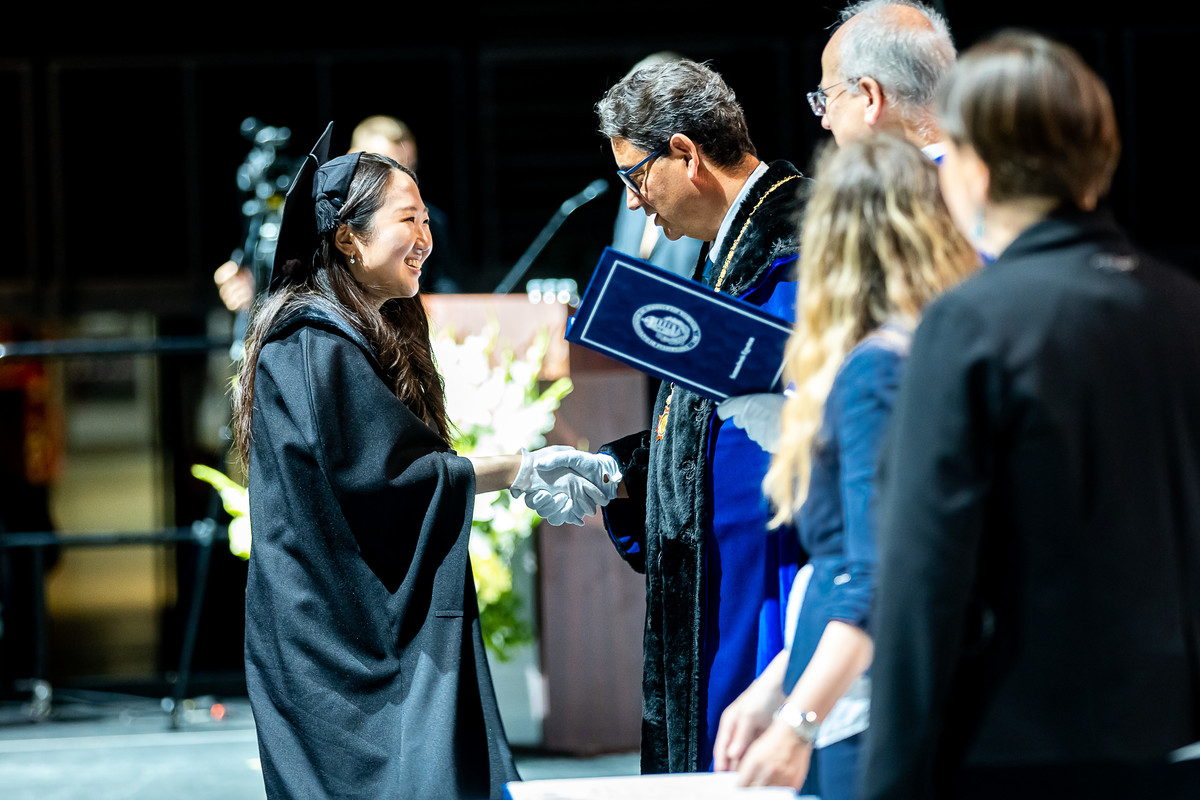Small groups and practice-oriented approach are cornerstones of training at the Faculty of Medicine (ÁOK), the oldest and largest faculty of Semmelweis University with over 4,700 students, out of which 55% are international. The institution is in the top 1 percent of the world’s medical schools owing to its accomplishments in both teaching and research.
Faculty of Medicine
Founded: in 1769
Dean: Dr. Péter Nyirády
Number of students: 4719
Ratio of foreign students: 54,43%
Registrar’s Office:
https://semmelweis.hu/registrar/
Departments →
The medical faculty, on which Semmelweis University is based, was founded in 1769. Tradition and innovation go hand in hand, as it has been at the forefront of pioneering processes for more than 250 years. As one of Hungary’s largest health care providers the university’s four clinical centers accommodate nearly 40 departments where patient care, education and research are performed at a high level.
Prominent doctors and scientists are related to the faculty, including the university’s namesake, Ignác Semmelweis. Three out of the four Nobel laureates linked to Semmelweis University, are associated with the Faculty of Medicine.
EDUCATION
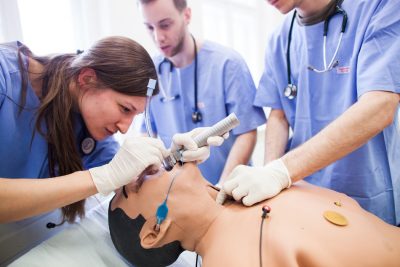 The 12-semester training is divided into three parts called modules: two years of basic sciences (theoretical module); one year of pre-clinical (pre-clinical module); and three years of clinical studies (clinical module). The last year of the clinical module is an internship spent with bedside work at university clinics or accredited teaching hospitals. The university clinics are managed according to the highest level of medical progressivity; therefore, our students can encounter rare medical cases they would not see elsewhere.
The 12-semester training is divided into three parts called modules: two years of basic sciences (theoretical module); one year of pre-clinical (pre-clinical module); and three years of clinical studies (clinical module). The last year of the clinical module is an internship spent with bedside work at university clinics or accredited teaching hospitals. The university clinics are managed according to the highest level of medical progressivity; therefore, our students can encounter rare medical cases they would not see elsewhere.
The acquisition of practical skills in small groups creates a solid basis for the establishment of close student-teacher relationships. In the fields of medicine and medical biology, Semmelweis has the highest number of educators with academic rank among Hungarian universities.
Semmelweis University is also famous for its state-of-the-art instrumentation and facilities. The hybrid imaging and operating rooms, the human brain tissue bank, and the photon-counting CT represent the most advanced technologies, just to name a few.
 The students benefit from the academic structure of the University in various ways. Postgraduate programs, prestigious conferences, research scholarships, international partnerships and many other opportunities enhance professional development, and provide careers for life to the most talented.
The students benefit from the academic structure of the University in various ways. Postgraduate programs, prestigious conferences, research scholarships, international partnerships and many other opportunities enhance professional development, and provide careers for life to the most talented.
Once a student has successfully passed all examinations, the graduate receives the diploma and the M.D. (Medical Doctor) degree. More than 500 students graduate from the faculty every year, and they typically find their first jobs within three months of graduation. The degrees of the faculty are widely recognized around the world, including the European Union and the United States.
International students account for more than half of the enrollments at the Faculty of Medicine, and student life is vibrant due to the multicultural environment. The foreign language programs have been running for four decades. Around 30 percent of the students take part in the English and 25 percent in the German-language training.
RESEARCH
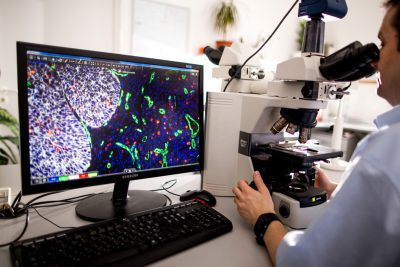 Built on its scientific activities and achievements, as well as on its extensive international and industrial collaborations, Semmelweis University is a regional center of excellence in research and innovation in the field of life sciences. Several research groups at Semmelweis University collaborate with the Hungarian Academy of Sciences (MTA).
Built on its scientific activities and achievements, as well as on its extensive international and industrial collaborations, Semmelweis University is a regional center of excellence in research and innovation in the field of life sciences. Several research groups at Semmelweis University collaborate with the Hungarian Academy of Sciences (MTA).
The Scientific Student’s Association (TDK) is a platform for self-education and training by experimentation. Professors and instructors of international renown help talented students to obtain their first research experience during their studies via mentor-student workshops.
Increasing the number of international PhD students is an important element of Semmelweis University’s strategy. The Doctoral Program covers the whole spectrum of medicine and health sciences, with the aim of making degree opportunities increasingly diverse and flexible – tailored to the different life situations of students.
INTERNATIONAL RELATIONS
The Faculty of Medicine’s international network of contacts spans three continents and includes student and staff exchange programs, as well as scientific collaboration. Altogether, it has active student exchange agreements with seven higher education institutions in five countries: Germany, Romania, Slovakia, Japan and the United States. We are also a full-fledged, active participant in the European Union’s Erasmus + Mobility Program.
Another important element of the faculty’s international activities is the promotion and strengthening of scientific collaboration. This involves participating in joint research projects, sharing scientific literature or jointly organizing scientific conferences, meetings and events.
The exemplary collaboration between Semmelweis University and Asklepios Medical School of Hamburg is unique in the Faculty’s program resulting in about 70 graduates each year.
